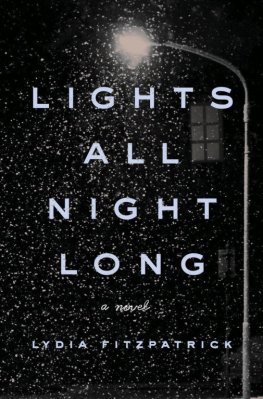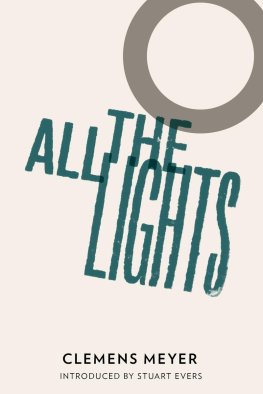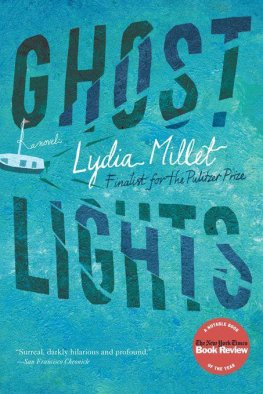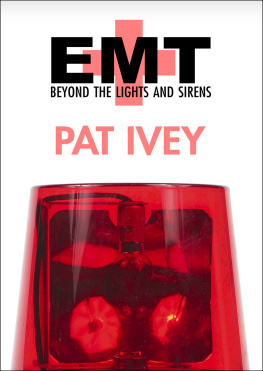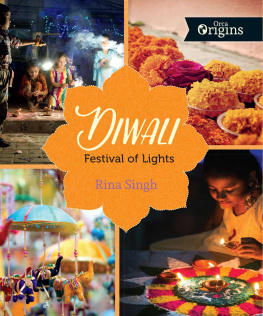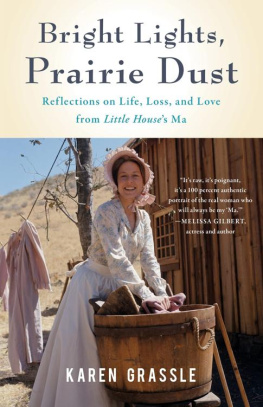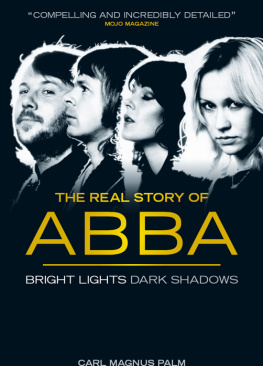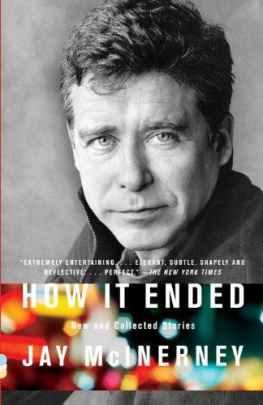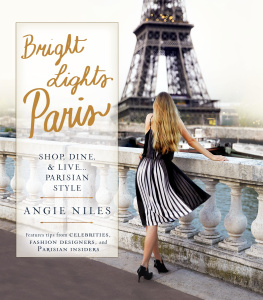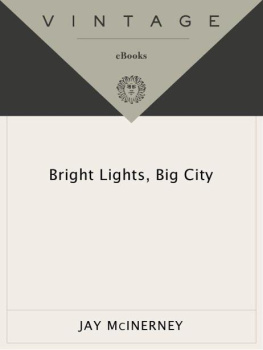Blackouts to
Bright Lights

Blackouts to
Bright Lights
____________________
Canadian War Bride Stories
edited by
Barbara Ladouceur
& Phyllis Spence

BLACKOUTS TO BRIGHT LIGHTS
copyright 1995 Barbara Ladouceur and Phyllis Spence
Fifth Printing, September 2007
All rights reserved. The use of any part of this publication reproduced, transmitted
in any form or by any means, electronic, mechanical, photocopying,
recording, or otherwise stored in a retrieval system, without the prior consent
of the publisher, is an infringement of the copyright law.
RONSDALE PRESS LTD .
3350 West 21st Avenue
Vancouver, B.C., Canada
V6S 1G7
Set in New Baskerville: 11 pt on 14
Typesetting: Julie Cochrane
Printing: Hignell Printing, Winnipeg, Manitoba
Cover Design: Cecilia Jang
The paper used in this book is Miami Vellum. It is recycled stock containing
no dioxins. It is totally chlorine-free (TCF) as well as acid-free (therefore of
archival quality). The paper is made from at least 10% post-consumer waste.
The publisher wishes to thank the Canada Council and the British Columbia
Cultural Services Branch for their generous financial assistance.
CANADIAN CATALOGUING IN PUBLICATION DATA
Blackouts to bright lights
ISBN 0-921870-33-7
1. War bridesCanadaBiography. 2. World War, 1939-1945Women.
3. World War, 19391945Personal narratives, British. 4. CanadaEmigration
and immigrationHistory20th century. I. Ladouceur, Barbara, 1949
II. Spence, Phyllis, 1943
D810.W7B52 1995 306.845097l C95-910077-6
DEDICATION
This book is dedicated
to the war brides who were not able
to record their stories for
Blackouts to Bright Lights.
ACKNOWLEDGEMENTS
The editors wish to express our heartfelt thanks to our families and friends for their ongoing enthusiasm and supportespecially Peggy Maurer (whose proofreading skills proved invaluable), Alicia Ladouceur, Jeffrey Ladouceur, Maureen Davis, Bill and Kelly Brimacombe, Kathy and Gerald Watson, Judy Laviolette, Kathryn Maurer, Dawn Campbell, Stanley Spence, Marilyn Roodbol, Penny Beckett, Bradley Spence, Allison Spence, Liz Ciocca, and Sue Harvey.
We also very much appreciate the early interest and encouragement of Dr. Jennifer Waelti-Walters, Director of Womens Studies at the University of Victoria and Dr. Tanis Doe, Research Director at the World Institute on Disability in Oakland, California.
We are grateful beyond words for the skilled editorial assistance of David Burton and Donna Spence.
A special note of appreciation to Ronald Hatch for believing in the power of these war bride stories, and for sensitively and expertly bringing the editors and thirty-six war brides to the completion of a most exciting and worthwhile project.
And most important of all, we are deeply grateful to the war brides who participated in this book for sharing their compelling stories, photographs and mementoes, and a special thank you to Eve Mitchell for the gift of this books concept and Rosemary Bauchman for the gift of the title, Blackouts to Bright Lights.
PROLOGUE
The stories in this book offer a passport to another time and place through the eyes of World War II war brides. Their stories describe how it felt to be a young woman coming of age during a war that resulted in a level of destruction and suffering never before experienced by a civilian population. They also demonstrate the conflicting emotions of fear and pride, the dark memories of bombings and deprivation along with proud recollections of the important work they accomplished as part of the war effort.
The war brides stories point to the vital new roles and responsibilities that women assumed to assure their nations survival in the midst of war. Before and after meeting their future husbands, these war brides were ambulance drivers, balloon barrage workers, nurses, fire fighters, air-raid wardens, factory workers and members of the armed forces, including the ATS (Auxiliary Territorial Service), Land Army (farm work) and Air Force.
Some of the war brides were as young as twelve or thirteen when the war began, but their childhoods ended abruptly as the bombings began and the harsh realities of blackouts, rationing and civil defence preoccupied their lives. These young women met and fell in love with Canadian soldiers. In doing so, they encountered a whole new set of problems: first, the lengthy bureaucratic procedure required before approval was granted to marry a Canadian soldier and emigrate to Canada; then the emotional turmoil of saying good-bye to family and friends before embarking on a journey to a strange new country.
Over 48,000 war brides came to all parts of Canada during and after World War II. With them they brought their childrensome 22,000. Many of the war brides settled in cities or towns where they coped with postwar housing and furniture shortages. Others travelled to remote regions of Canada that placed them in the midst of isolated living conditions and long cold winters. Wherever the war brides went, they displayed a pioneering spirit that grew from the determination and creativity they developed during the war years. And throughout their stories these remarkable womenwhether they wrestle with balloon barrages in the United Kingdom or wood and coal stoves in Canadadisplay great courage, spirit and humour. The narratives of these extraordinary war brides are histories which have become an important part of our Canadian heritage.
The concept for this book began with Eve Mitchell whom the editors first met in 1993. As President of the Vancouver Island War Brides at the time, she invited us to record the war brides oral histories and publish them in book form. During the past year the editors have had the pleasure and privilege of listening to war brides as they remembered times past. We tape-recorded their reminiscences of participating in the war effort, meeting their Canadian husbands, leaving their home countries and adjusting to life in Canada. We then transcribed their spoken words into written life histories that highlight their individual voices.
The war brides featured in the oral histories of this book have played an integral role in the proofreading and editing of their stories. The editors thank them for their invaluable assistance and generous sharing of their experiences as well as the photographs that enliven each of their stories. Five of the war brides chose to write their own stories, and these narratives are presented in the final section of the book.
These stories are truly representative of the war brides who emigrated to Canada during the 1940s. Although all the war brides in this book now reside on Vancouver Island, most of them initially lived in other parts of Canada, including the Maritimes, Ontario, Quebec, the prairies and the Yukon. Thus these womens stories reflect the Canadian war bride experience from coast to coast.
This year marks not only the fiftieth anniversary of the end of World War II; it also represents fifty years of memories for the war brides in Canada. Many of them have recently celebrated their fiftieth wedding anniversaries or are about to do so during the forthcoming year. Their memories will always be double-edged with joy and sorrow, because their promising partnerships with their new husbands began in the tragic context of World War II. The life stories of thirty-six of those war brides are recorded in this book for future generations to cherish.
Next page

